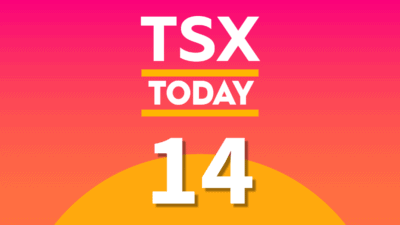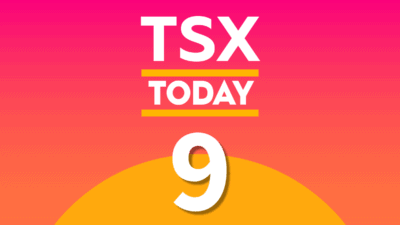It would not be an exaggeration to state that every Canadian investor should have at least some exposure to the midstream pipeline space. The returns are self-evident—if you had invested $10,000 in Enbridge Inc. (TSX:ENB)(NYSE:ENB) the year 2000, your $10,000 would be worth $97,000 today, representing an 870% return (not including dividends, which would make the total return much higher).
Enbridge isn’t an anomaly, and nearly every Canadian pipeline demonstrated similar growth. Of course, past returns do not dictate future returns, but when one looks at the reasons for the price appreciation in this sector, it is obvious that the factors underlying the returns of the past 15 years (namely growing production) will be firmly intact for the next 15.
Enbridge and TransCanada Corporation (TSX:TRP)(NYSE:TRP) are Canada’s two largest pipeline players. Because of their broad North American exposure not only to oil sands growth, and their oil and gas production growth from other major producing areas like the Bakken formation, these companies represent the best ways to gain exposure to the midstream sector.
There are, however, two major differences between these two players investors should be aware of before choosing one.
1. Enbridge is far more weighted towards oil and liquids transportation
Although both companies have exposure to oil, liquids, and natural gas pipelines, Enbridge is far more weighted towards oil than TransCanada is. Currently, Enbridge operates the world’s largest and longest petroleum pipeline, and transports 53% of U.S.-bound Canadian production.
Out of $53 billion in total property, plant, and equipment assets, about 40% represents liquids pipelines for Enbridge, compared with only 9% for natural gas pipelines. In 2014 this asset allocation resulted in liquids pipelines generating 54% of adjusted earnings, compared with only 8% for natural gas pipelines.
TransCanada, on the other hand, generated an average 61% of earnings from natural gas and only 15% from oil in the past several years, and is moving towards a distribution of 41% liquids and 39% natural gas by 2018 through its capital-growth program.
For investors seeking exposure to oil-production growth, Enbridge is a far more favourable option, since its already sizable exposure gives it significant right-of-way access, which in turn allows for more secure capital-growth projects due to fewer required regulatory approvals.
2. TransCanada and Enbridge use their sponsored vehicles very differently
Both TransCanada and Enbridge are currently implementing historic capital-growth programs, with $46 and $44 billion in planned growth projects, respectively. These enormously expensive projects dramatically exceed what can be provided by internal funds from operations (TransCanada, for example, estimates that only about $19 billion of their $46 billion program can be funded with their own cash flows).
The result is that both companies need to seek financing elsewhere. One attractive option that has emerged as an alternative to debt or equity financing is “dropping down,” or selling assets either to tax-advantaged Master Limited Partnerships (MLPs), or to subsidiary companies, both of which are referred to as “sponsored vehicles.” In the case of MLPs, since these entities pay no tax at the corporate level, pipelines can often realize higher value for their assets than if they remained within the current corporate structure.
Pipelines often receive both cash and equity consideration for the drop down, which simultaneously allows them to fund capital projects and retain earnings from the dropped-down assets through performance fees and dividends, which can often exceed the income lost by divesting the assets. This process provides low-cost funding for capital programs.
Enbridge and TransCanada have approached drop downs differently. Enbridge recently announced a $30 billion drop down of its Canadian Mainline and Regional Oil Sands pipelines to its Enbridge Income Fund sponsored vehicle.
This drop down will not only be accretive to earnings, but it will also provide low-cost funding to Enbridge, which will allow it utilize more of its own cash flows to boost dividend growth.
TransCanada has pursued a more cautious approach, opting to only drop down roughly $1 billion per year of its U.S. natural gas pipelines, for a total of approximately $5 billion. This, in turn, means TransCanada will need to rely more its own cash flows, and therefore has a lower projected dividend-growth rate than Enbridge.








